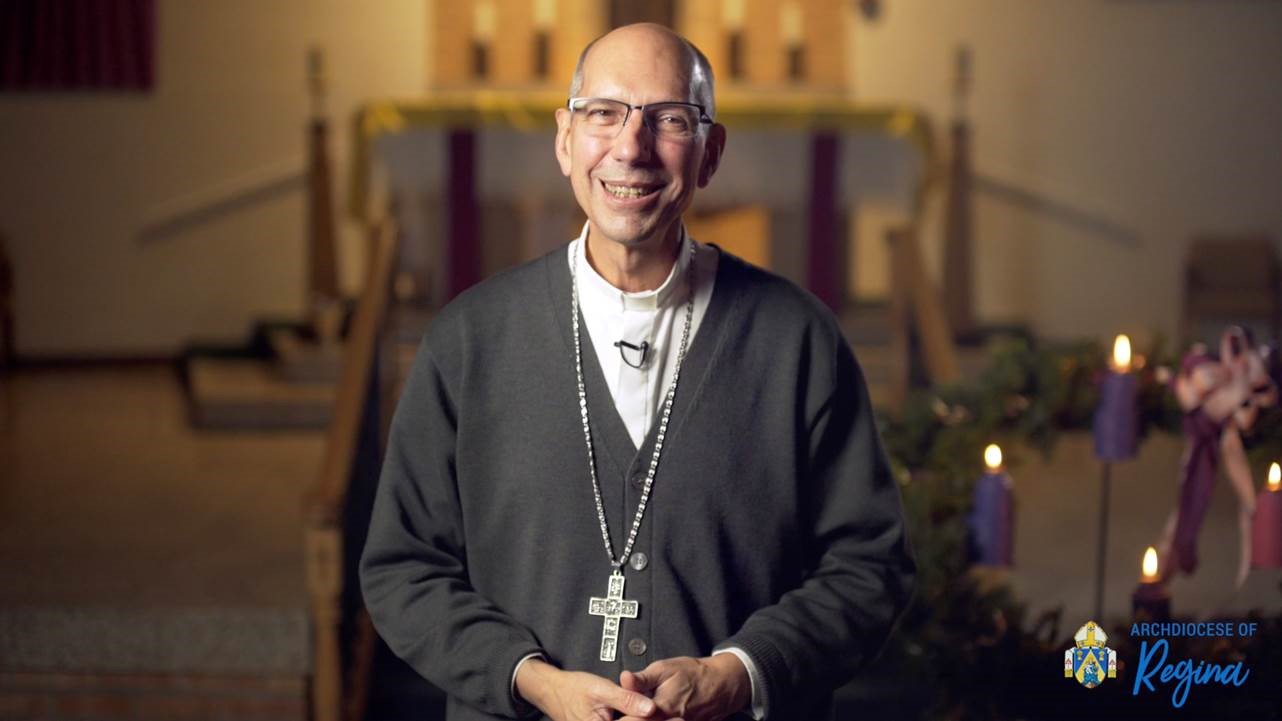
Dear brothers and sisters in Christ,
On these last days of getting ready to welcome the birth of the Christ child, the image of Mary about to give birth is ever before us. It seems fitting, then, to end this Advent series with a few reflections on a carol that takes us from the Annunciation to the birth of the Christ child.
The Angel Gabriel is an English translation of a Basque Christmas carol based on a Latin carol from the Middle Ages. Unlike the other Advent hymns I have been reflecting on, this one wasn’t in the repertoire of the choirs of the churches I attended growing up, and I first heard the song in the 1980’s when Sting recorded it.
The first three verses of the song relate the encounter and dialogue between Gabriel and Mary at the Annunciation. The history of art is full of stunningly beautiful representations of the Annunciation. The Annunciation and the Incarnation which begins there is about God taking flesh, the mystery of God becoming visible; who could be seen with our eyes and touched with our hands. So it is somehow especially fitting that artists have allowed us to see and touch this event through their portraits of the Annunciation, making real and tangible a beautiful moment that is timeless. One of my favourite depictions of the Annunciation, which hangs in my office, is that painted by Jacopo Pontormo in Florence at the end of the 15th century. It is good for my soul to have this image of Mary and Gabriel often in my sight.
The carol ‘The Angel Gabriel’ belongs in the conversation about great representations of the Annunciation. The carol begins, “the angel Gabriel from heaven came, his wings as drifted snow, his eyes as flame.” Seeing the sun shine on the drifts of snow that have accumulated these past days in my yard has made this image very tangible!
The dialogue between Gabriel and Mary, as related in Luke’s Gospel and as represented in the song, is profoundly respectful. It should be noted that in the Old Testament, encounters with angels often evoke fright. When Gabriel appears to Daniel, he interprets Daniel’s dream and relates a frightening prophecy. The exile is going to be extended. Centuries later, Gabriel comes to Mary, but the scene is very different. Gabriel comes with reverence, and Mary may be confused by what she hears and sees, but she is not terrified. Indeed she has been prepared for this moment her whole life. Indeed all of human history is waiting for this moment, when God, Creator of all that is, communicates the extraordinary decision that God will take flesh – Emmanuel, God is with us. But this best of all possible news comes to us with a humility which we do well to ponder, as God sends a message to Mary through Gabriel which invites a human response. All creation in some sense awaits that response, which Mary utters in the third verse of the carol: “To me be as it pleases God,” she said, “my soul shall laud and magnify God’s holy name.”
The carol is called ‘the Angel Gabriel’, but the focus is on Mary. In turn Mary’s Magnificat seems to be about Mary but points us to Jesus. This 4th Sunday of Advent, we ponder Mary carrying the child, and we turn our minds to the great mystery at the heart of this season: God’s radical embrace of the human condition, God’s life-giving desire to draw so intimately near in vulnerability, speaking a boundless mercy.
And so despite the great challenges and frustrations we carry this year as we approach Christmas, I invite you to let your heart be flooded with joy and let resound within you the last verse of the carol:
Of her, Emmanuel, the Christ, was born
in Bethlehem, all on a Christmas morn,
and Christian folk throughout the world will ever say:
most highly favoured lady: Gloria!
God bless!
Special thanks to Holy Cross parish for welcoming the filming of these Advent messages
Watch video message HERE

